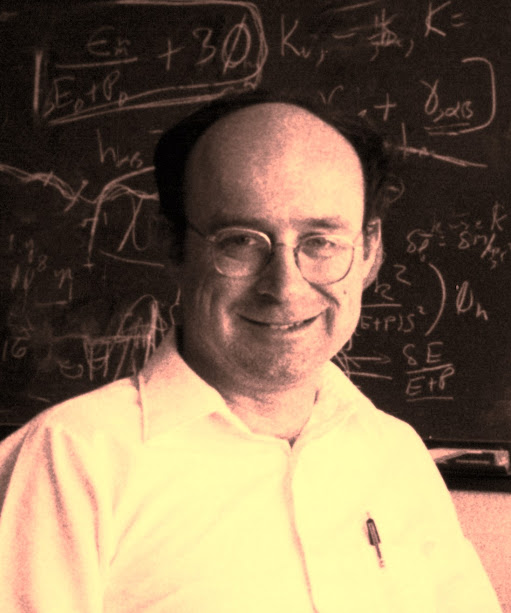Ernest Rutherford
Ernest Rutherford, better known as Lord Rutherford of Nelson, was a well-known New Zealand physicist. He is widely considered as one of the best nuclear physics experimenters of all time. Rutherford contributed significantly to our understanding of atomic structure and radioactivity.
Rutherford presented the Rutherford model of the atom in 1911, which stated that the atom contains a tiny, compact, positively charged nucleus at its center, with electrons surrounding it. This concept transformed the conventional view of the atom and established the groundwork for the creation of the current atomic theory.
Rutherford is also famed for his gold foil experiment, which he carried out in 1909. Rutherford and his colleagues attacked a thin sheet of gold foil with alpha particles and examined the scattering patterns. Rutherford concluded from the surprising results that atoms possess a concentrated, positively charged nucleus that comprises just a small proportion of the atomic volume.
Rutherford was also important in the discovery of alpha and beta particles, as well as the identification of many forms of radiation. His work on radioactive decay contributed to the development of the idea of half-life and laid the way for the study of nuclear physics.
Throughout his career, Ernest Rutherford won various honors, including the Nobel Prize in Chemistry in 1908 for his work on the breakdown of elements and the chemistry of radioactive substances. His work lay the framework for future nuclear physics discoveries and paved the way for the creation of atomic energy.



Comments
Post a Comment